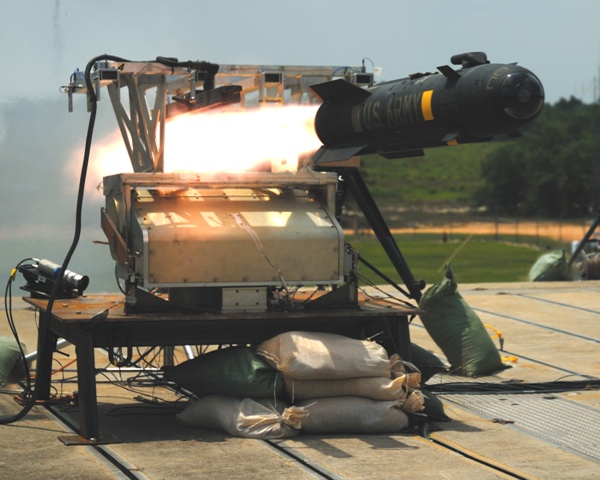

Public awareness and education about the nation’s dependence on space are needed to help DoD “get the funding to make sure that we deter or defeat our adversaries in space,” he said. And I think we have to continue to talk about it.” “If you think of the impact of a war in space and how it impacts something as simple as our cellphones, navigation, supply chain, logistics, healthcare. A war in space would be “detrimental to society” because satellites play such a central role in everyday life for most people. “I think it’s the biggest threat facing our nation,” Kubasik said at the Space Symposium. In a rare disclosure, the Space Force last year said it deployed an advanced ground-based communications jammer made by 元Harris that could be used as an “offensive weapon” to disrupt enemies’ satellite transmissions.Ĭhris Kubasik, 元Harris vice chairman and CEO, said there should be more awareness of the risks of an attack against a satellite precipitating a broader conflict. military’s space weapons that presumably would deter China from firing the first shot against a satellite are classified.

Any type of escalation can result in miscalculations and human errors which is why a space war is a “conflict that no one wants,” he said. The Space Force will invest in new capabilities to deter and win if deterrence fails, Kendall said. The implications for space are significant, he said, as “China has moved aggressively to weaponize space.”

Kendall, who was sworn in late July as the civilian leader of the Air Force and the Space Force, said the United States is in a “long-term strategic competition” with China. Space Force as an independent service branch. Space Command - which had been deactivated since 2002 - and create the U.S. in a ‘long-term strategic competition’Ī competition for space dominance between the United States and rival powers China and Russia prompted the Trump administration and Congress in 2019 to re-establish U.S. “e are only starting to grapple with… what space warfighting really means,” Shaw said. Conceivably, naval or aerial forces would be called upon to take retaliatory action.
#U.S. SPACE WARFARE HEADQUARTERS IN UTAH HOW TO#
If that happened, the Defense Department would have to decide how to respond to that threat. Those questions are now being debated as Space Command develops what Shaw describes as “space warfighting doctrine.” A laser blinding a satellite is just an example of the types of attacks the U.S. “But how do we change that? How do we make it more difficult for a potential adversary to think they could succeed in depriving us of our space capabilities?” John Hyten, the vice chairman of the Joint Chiefs of Staff, “likes to talk about satellites as being ‘big fat juicy targets.’” “It is impossible to overstate the importance of space-based systems to national security,” Air Force Secretary Frank Kendall said in a keynote speech at the symposium. But as the Pentagon has grown increasingly dependent on space, satellites are becoming strategic assets and coveted targets for adversaries. Military space assets like satellites and ground systems typically have been considered “support” equipment that provide valuable services such as communications, navigation data and early warning of missile launches. satellites from attacks and figuring out how to respond if hostile acts do occur. This puts Space Command in charge of protecting U.S. Space Command is responsible for military operations in the space domain, which starts at the Kármán line, some 100 kilometers (62 miles) above the Earth’s surface. The space battlefield is not science fiction and anti-satellite weapons are going to be a reality in future armed conflicts, Shaw said at the recent 36th Space Symposium in Colorado Springs.


 0 kommentar(er)
0 kommentar(er)
